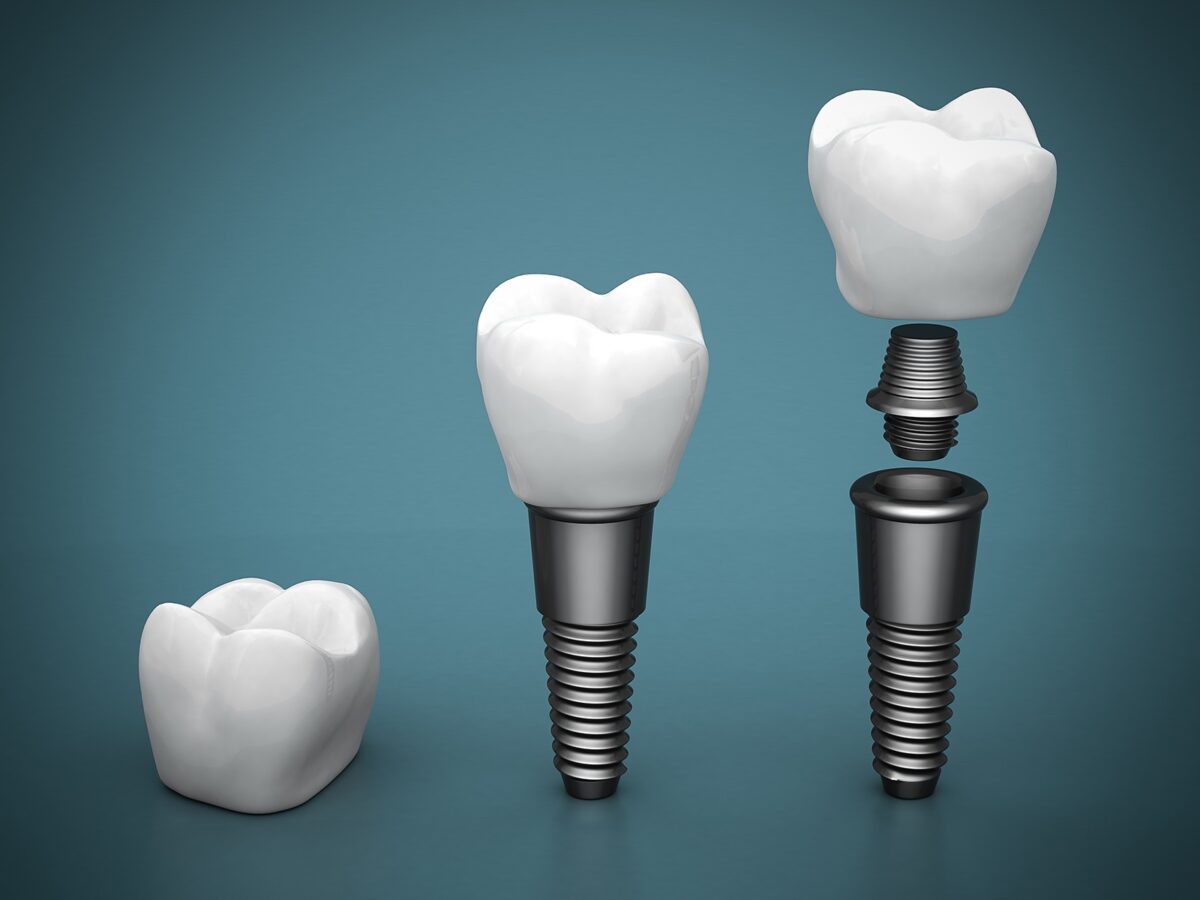Blog
Dental hygiene tips for healthy teeth & gums

How is the implant attached to the abutment?
A dental implant is a metal attachment or fixture that is surgically implanted beneath the teeth to replace a natural tooth. Following surgery, recovery could take up to 6–12 weeks. It can be costly. When attaching a dental implant to the jawbone, the dentist has 2 choices. The abutments can be covered with gum tissue, which takes around six months to heal. The gums will next be sliced out to reveal the tooth, allowing the crown to be fitted.
Attaching a healing abutment is the second option. As previously stated, the healing cuff is linked to the implant’s external end. It’s a lot bigger than the implant, so there’s enough room for the crown to grow in as the gums heal around it. Patients frequently opt to utilize a healing cuff since it removes the need for additional surgery. The healing cuff is removed after the implant has properly fused to your jawbone, and the dental implant is placed with a crown. Because the gap formed by the healing cuff doesn’t always match the size of your crown, your gums may need to be reshaped.
Steps when the implant is attached to the abutment:
- The implant is being exposed. A small incision in the gum tissue is created first if you need a second procedure to insert abutments.
- Putting healing abutments in place. In many situations, the implant is temporarily fixed with a healing abutment.
- Finally, abutments are being installed. After the gums have healed, an impression is obtained and the final abutment is inserted.
After the abutments have been installed, gums around abutments normally take 4 to 6 weeks to heal, so it is important to carefully follow the doctor’s recommendation.
Schedule your appointment with a dentist today and get the treatment on time!


